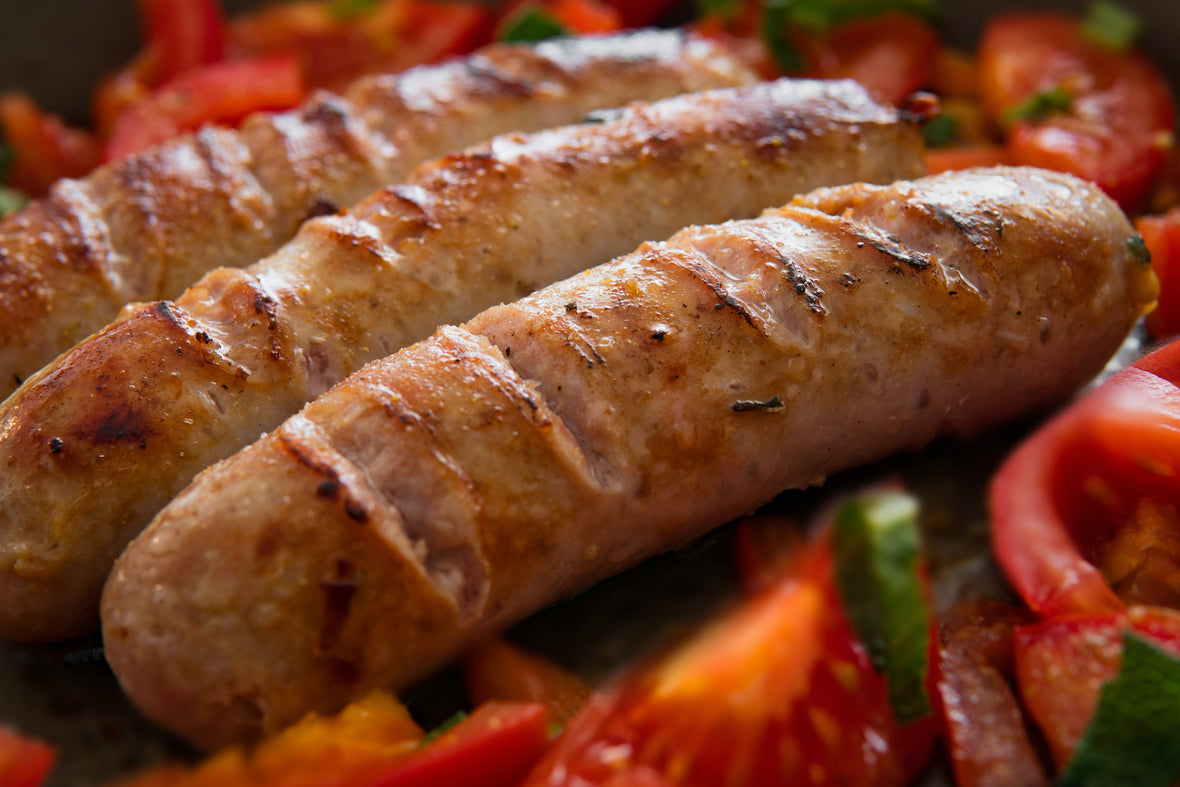
Sausages Are Not All Created Equal
Tim Frisby
Barbecue is an art form, and one of the most essential elements is the type of meat being used. While brisket, ribs, and pulled pork may be the stars of the show, sausages are a crucial component to any successful BBQ spread. Sausages come in many shapes, sizes, and flavors, and knowing how to prepare each type can make all the difference in the final product.
Here's a breakdown of the different types of sausages and how to prepare them:
- Bratwurst
Bratwurst is a type of sausage that originated in Germany and is popular around the world. It is made from pork or beef, and it is usually seasoned with salt, pepper, nutmeg, and ginger. Bratwurst is best cooked over indirect heat and is typically grilled until it is browned and crispy on the outside. It can be served on a bun or sliced and added to a variety of dishes.
- Italian Sausage
Italian sausage is a staple in many American households and is a popular choice for barbecues. It is made with pork and is seasoned with garlic, fennel, and red pepper flakes. Italian sausage is best grilled over medium heat until it is browned on the outside and cooked through on the inside. It can be served on a bun or sliced and added to pasta dishes or pizza.
- Chorizo
Chorizo is a type of sausage that originated in Spain and is popular in many Latin American countries. It is made with pork or beef and is seasoned with smoked paprika, garlic, and chili powder. Chorizo is best grilled over high heat until it is crispy on the outside and cooked through on the inside. It can be served on a bun or added to a variety of dishes, including soups and stews.
- Andouille
Andouille is a type of sausage that originated in France and is popular in Cajun cuisine. It is made with pork and is seasoned with garlic, onion, and cayenne pepper. Andouille is best grilled over medium heat until it is browned on the outside and cooked through on the inside. It can be served on a bun or added to a variety of dishes, including jambalaya and gumbo.
When preparing sausages, it's important to cook them to the appropriate internal temperature to ensure they are safe to eat. Use a meat thermometer to ensure that the internal temperature of the sausage reaches 160°F for pork and 165°F for chicken or turkey.
In conclusion, sausages are a versatile and delicious addition to any barbecue spread. From bratwurst to chorizo, each type of sausage has its unique flavor and cooking methods. With these tips, you'll be able to prepare the perfect sausage every time and impress your guests with your BBQ skills.




